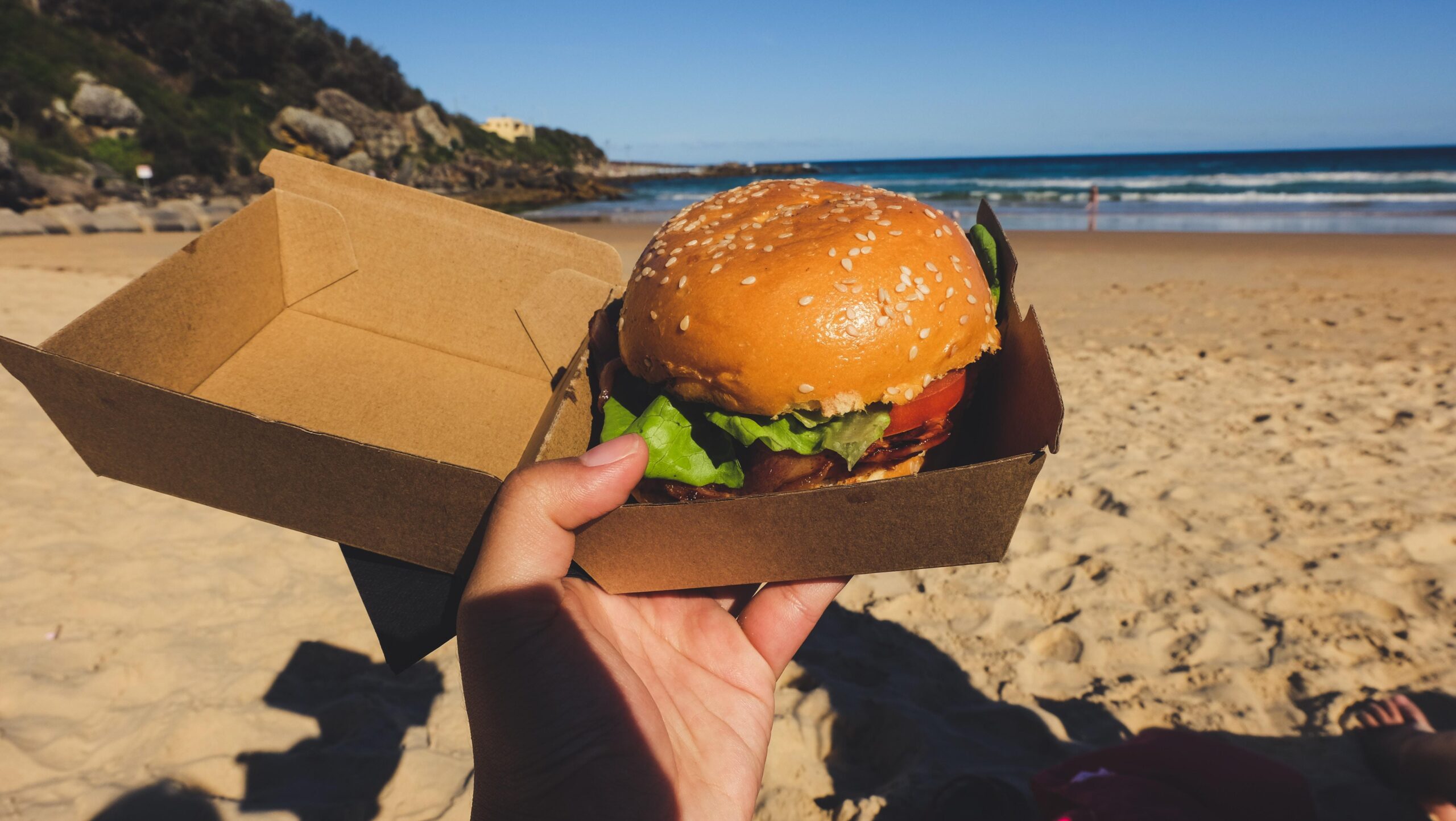In the fast-paced world of modern dining, disposable food packaging has undergone a remarkable revolution. What was once a humble necessity for takeout and food delivery has become a canvas for innovation, convenience, and sustainability. In this article, we’ll explore the fascinating transformation of disposable food packaging, focusing on the iconic burger boxes and how they represent a broader shift in our approach to convenience dining. From classic designs to eco-friendly innovations, this evolution changes how we enjoy our favourite meals.
The Rise of Disposable Food Packaging
Disposable food packaging emerged in the mid-20th century as the demand for convenient, on-the-go dining options grew. It quickly became evident that traditional packaging methods needed to adapt to the evolving food industry.
Burger Boxes: A Symbol of Convenience
The humble burger box is one of the most iconic examples of this evolution. Originally a simple cardboard container, burger boxes have transformed into efficient vessels designed to keep your burger hot, your condiments fresh, and your dining experience mess-free.
Key Features of Modern Burger Boxes:
Heat Retention: Advanced materials and designs in these boxes help retain heat, ensuring your burger arrives at your table or doorstep piping hot.
Compartmentalisation: Many burger packs now come with separate compartments for sauces and condiments, preventing soggy buns and maintaining the integrity of your meal.
Eco-Friendly Options: In response to environmental concerns, eco-friendly burger packs made from recyclable or biodegradable materials are gaining popularity. These boxes minimise the environmental footprint of takeout and delivery.
Beyond Burgers: Versatility in Design
While burger packs have been at the forefront of disposable food packaging innovation, the revolution continues beyond there. Other types of disposable containers have also seen significant upgrades, adapting to the diverse culinary landscape:
Pizza Boxes: Pizza boxes have evolved with features like perforated lids for easy sharing and innovative materials to keep pizza crispy.
Sushi Boxes: Sushi packaging now includes secure compartments for soy sauce and wasabi, ensuring your sushi experience is as fresh as dining.
Salad Containers: Salad containers often come with separate compartments for dressings, ensuring your greens stay crisp until it’s time to eat.
The Sustainability Revolution
One of the most significant shifts in disposable food packaging is the growing emphasis on sustainability. With concerns about plastic waste and environmental impact on the rise, manufacturers are taking steps to create eco-friendly alternatives.
Eco-Friendly Burger Boxes
Biodegradable Materials: These boxes made from biodegradable materials break down naturally, reducing landfill waste.
Recyclable Options: Recyclable burger boxes can be reused or repurposed, minimising their environmental footprint.
Reduced Plastic Usage: Manufacturers are increasingly phasing out single-use plastics in favour of more sustainable materials.
Consumer Awareness and Choices
Consumers are becoming more conscious of their environmental impact and are actively seeking eco-friendly food packaging options. This awareness drives change in the industry, prompting businesses to adopt greener packaging solutions.
Conclusion
The evolution of disposable food packaging, epitomised by the iconic burger container, represents a broader shift towards innovation, convenience, and sustainability in modern dining. From heat retention to compartmentalisation and eco-friendly materials, these containers have come a long way since their inception.
As consumers demand more sustainable options, businesses respond with eco-friendly packaging choices. The revolution of disposable food packaging is not just about convenience; it’s about making dining out or ordering a greener and more environmentally responsible choice. So, the next time you enjoy a burger or any other takeout meal, consider its packaging—it may just be a symbol of a delicious and sustainable future.




